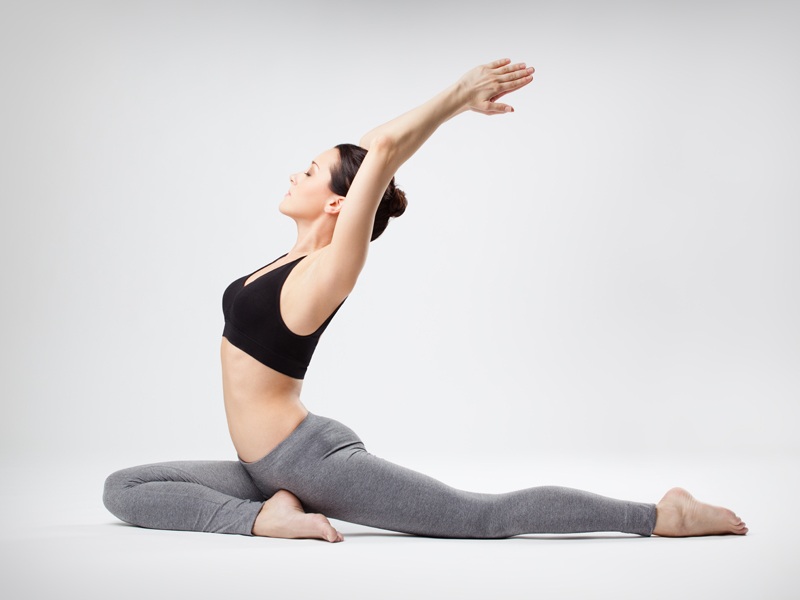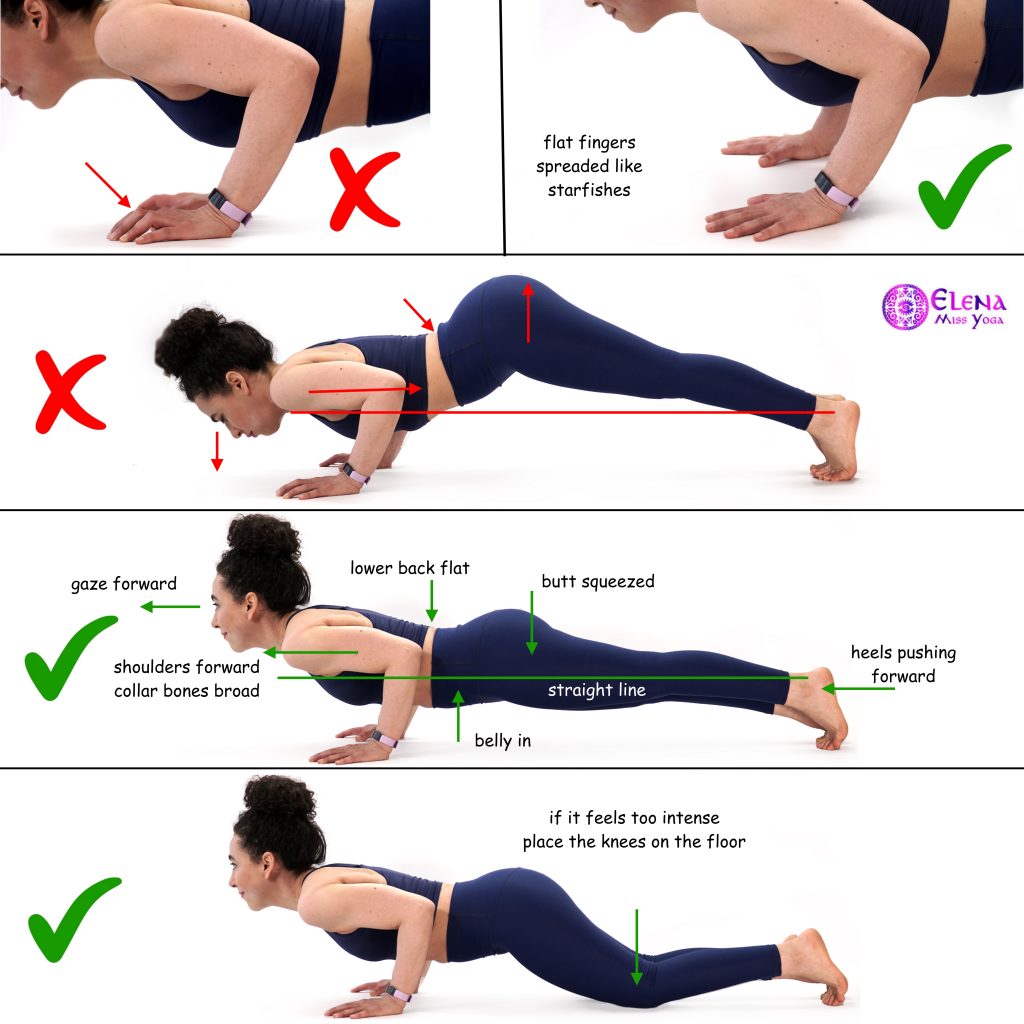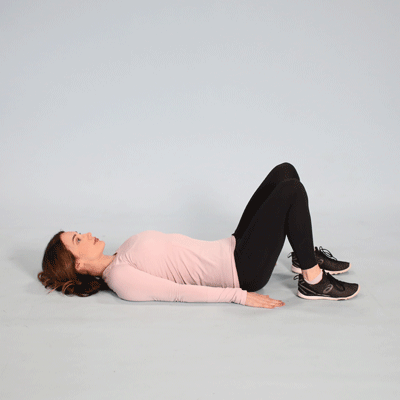
A great way to relax after an active practice is restorative. They are not for everyone but can be very beneficial for all levels. These are some of the benefits of restorative yoga classes. These classes may be less intense than power vinyasa classes, but they are still great for those who want to stretch and strengthen.
One style of yoga that focuses primarily on passive stretching is called restorative.
Modern yoga is not a good example of restorative yoga. It focuses more on passive stretching and meditation. This approach uses props to assist the body in reaching its deepest stretch, which helps to increase your range of motion and flexibility. You can benefit from this type of yoga, no matter if you are a beginner or a seasoned student.

It is an excellent way to unwind
Restorative yoga can help you relax and unwind. Instructors will give cues that target the organs and endocrine system. A key part of restorative yoga is the use of props. A bolster, two blankets and a block are all you'll need.
It's good for everyone
Restorative yoga classes are based on the use of props to support both the body and mind while performing various poses. This type yoga is great for revitalizing the spirit and calmening the mind. Alison Heilig, owner of Yoga Restorative, teaches these classes at a slow pace. This type yoga promotes deep relaxation, meditation, and mindfulness.
This is a great way of balancing a more active practice
Restorative yoga classes are focused on deep relaxation, and include props to support the spine. This type of yoga is great for people with chronic health conditions or injuries and is an excellent way to balance an active practice.
It's good for pregnant women
If you are a pregnant woman, a restorative yoga class is a great way to relax. Your body is constantly creating life. Yoga classes that focus on restorative yoga will allow you to relax and recharge your body so that you can give life to a healthy child.

It is good for menstruating women
There are a variety of benefits to taking a restorative yoga class while menstruating. These gentle exercises can ease tightness and pain in the lower back, pelvic area, and belly. Specific yoga sequences may be recommended by yoga teachers for menstruating ladies.
FAQ
Is 20 minutes a day of yoga enough?
Yoga should not be seen as just an exercise, but rather as a chance to discover yourself. It is an opportunity to reflect on your life, and how it has been lived.
My friend introduced yoga to me a few decades ago. She had been practicing for many years. He told me that he did yoga for 20 minutes each morning, which helped him feel calmer throughout the rest of his day.
I tried it and noticed a significant improvement in my overall wellbeing. I have continued practicing yoga every day since and find it helps me relax and concentrate when I am at my desk.
The key is finding what works best for you and setting realistic goals. You don't need to spend hours doing yoga each day if it isn't going to help you achieve your goals.
How does yoga work?
Yoga is based on alignment, breath control, meditation, and stillness principles. Yoga can be practiced properly to create peace and calm within the practitioner.
Warming up is the most important part of any yoga class. For example, you might do forwarding and backward bends (bending forward), side bends (bending down), twists, or side bends. These moves loosen tight muscles and prepare you for deeper poses.
Next, you will need to balance in the "standing" pose. During this pose, you stand with your feet, arms at your sides, and gaze down toward the floor. Your body should feel stable, centered, and balanced.
The next step is to move into deep stretching positions. These poses require you to lie on your back, face down, on the ground. Next, raise one leg and then the other. Then stretch your spine in all directions. Keep your balance and keep you from falling by grasping onto something sturdy. You can rest your hands on the ground if you don't have something to hold onto.
After you have completed all the poses, you will be able to move into a series if standing poses. These poses include the warrior pose, mountain pose, downward facing dog and upward facing dog, plank pose, final pose, and plank pose.
It's important that you take your time and breathe slowly when practicing yoga. Deep breathing is good for your lungs and calms the mind. Concentrate on your inhales, and exhales to do this. Try counting each time you take a breath.
You can practice yoga anywhere -- even while cooking! Follow the same steps, except that you should sit up instead of lying down.
Yoga can be done in 10 minutes a day, if that is all you have. You can still benefit from yoga, regardless of your age.
Is there a lot of sweating involved in yoga?
This depends on which style of yoga is being practiced. Vinyasa flow or power yoga involves a lot more jumping, twisting, turning and turning. As a result, it's common for people to sweat heavily while practicing.
Hatha Yoga, by contrast, emphasizes forwarding bends as well as twists. The poses aren’t particularly strenuous so practitioners won’t experience excessive sweating.
Do I need to be flexible to practice yoga?
It all depends on which type of yoga you choose. You may need to be flexible in some styles of yoga, while others will help you build muscle strength.
Different styles of yoga require different levels of flexibility. Beginners might be able to just stretch their arms straight up. Intermediates may only need to reach overhead. Intermediate practitioners may need more flexibility and might have to touch their toes while bending forward. Advanced practitioners may need deep twists.
Are there many types of yoga?
Bikram yoga (Bikram heated) is the most well-known type of yoga. Other forms include Hatha, Ashtanga, Vinyasa, Iyengar, Kundalini, Yin, Power Yoga, Flow Yoga, Reiki, Pilates, Restorative, Aerial, etc.
How long do yoga lessons last?
Most yoga classes run anywhere from 45 minutes to 90 minutes. Some teachers offer shorter or longer sessions, at different times during the week.
Statistics
- About one in seven U.S. adults practiced yoga in the past 12 months, according to a 2017 national survey. (nccih.nih.gov)
- According to calorie estimates calculated at Harvard Medical School, the average 125-pound person burns about 120 calories in a half hour of hatha yoga, and a 185-pound person burns about 178 calories in that half hour. (everydayhealth.com)
- According to the Agency for Healthcare Research and Quality, falls are incredibly common among older adults in nursing facilities. Even the simplest ones can increase the risk of death (24). (healthline.com)
- In comparison, a 125-pound person is estimated to burn 135 calories in 30 minutes of walking (at a pace of 15-minute miles) and 210 calories bicycling at a moderate pace on a stationary bike. (everydayhealth.com)
- The people in the yoga group were 37 percent more likely to have quit smoking by the end of the 8-week program. (nccih.nih.gov)
External Links
How To
Is yoga a good way to exercise?
Yoga isn't just for people who want to lose weight. It also helps you develop flexibility, balance, coordination, strength, focus, and calmness.
Yoga is not just exercise; instead, it's an art form. The poses can be used to relax or meditate. They help us to improve our posture, concentration, and breathing.
A "yogi" is someone who practices yoga. Yogis follow various forms of yoga, including Hatha, Ashtanga, Iyengar, Vinyasa, Bikram, Kundalini, Yin Yang, and Restorative.
There are many types of yoga, but they all have similar goals. Each type focuses differently on health and wellbeing. Yoga styles include Hatha, pranayama (meditation), and pranayama (pranayama).
You don't need any equipment for some yoga exercises:
-
Sun Salutation: This series of 12 postures begins with a forward bent, and then 10 additional poses.
-
Warrior Pose: While holding a stick, or staff, you can do a warrior pose.
-
Triangle Pose: This is where one leg is lifted behind the other and you bend at your knees.
-
Standing Forward Bend - This pose is performed by sitting on the floor with legs straight and then folding forward at the waist.
-
Seated Twist: This is a pose that can be done while seated on a mat or in a chair.
-
Cobra Pose – This is a pose where you lie flat on your back and raise your arms above your head.
-
Child's Pose – This is the position where you lie face-up on the ground.
-
Cat/Cow Pose (Cat/Cow Pose) - This combination is similar to a cow or cat pose. While lying face down, raise your upper body off the ground. Roll over on your back and place your hands underneath your shoulders.
-
Head Tilt – This pose involves tilting your head back, while your eyes are closed.
-
Shoulder stand - This position involves standing straight up with your arms and feet raised above the head.
-
Tree Pose – This is a pose where you kneel on your knees and place your hands underneath your shoulders.
-
Bow Pose – Bend forward from the hips to complete this pose. Then, place your palms on top of the ground and bend forward.
-
The corpse pose is held for five to ten minutes.
-
Mountain Pose - This pose is called mountain pose because you stand tall with your spine erect.
-
Legs Up the Wall Pose- This pose can be achieved by hanging upside-down at a wall.
-
Side Angle Pose: This pose involves leaning against a wall, putting your right hand next to the wall, and then extending your left arm.
-
Plank Position: This is when your legs are bent at the waist and your arms extend out to one side.
-
Bridge Pose: This pose can be achieved by balancing on your elbows or toes.
-
Reverse Table Top Pose - This pose is attained by lying on your tummy and reaching your arms toward the ceiling.
-
Handstand: This pose requires balance as well as strength. This pose can be done by placing your hands between two walls, or using a door frame.
-
Half Moon Pose - This pose is also known as Hero Pose. It's performed by standing on both your hands and toes.
-
Headstand (or Hold) - This requires strength and balance. This pose is possible on a brick wall or on a doorframe.
-
Forearm Balance – This is a pose where your forearms rest on a tabletop.
-
Spinal twist - This is a pose where your belly lies while your arms reach your arms.
-
Supported Boundangle Pose – This pose requires balance. To support your body, you will need to locate a strong object such as a tree branch or an old beam.
-
Wide Leg Forward Fold - This pose is achieved by spreading your legs apart and touching your toes.
-
Single Pigeon Pose - This pose is similar to the wide leg forward fold but has only one leg extended.
-
Extended Puppy Dog Poses - This pose can be very relaxing. It's done by extending your legs outward and bending your knees.
-
The Forward Bend pose involves bending forward and squatting cross-legged.
-
Crow Pose - This pose is difficult to do but very rewarding once you master it. It is done by raising your arms above your head and lowering them until they parallel to the floor.